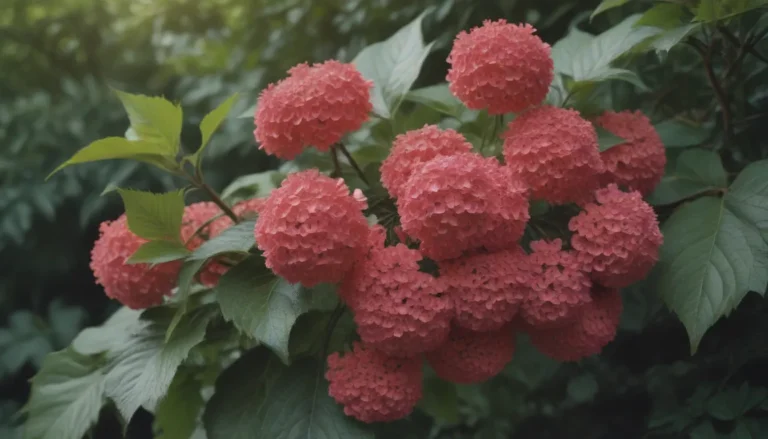Finding the Perfect Sunlight Level for Your Houseplants

When it comes to caring for your houseplants, one of the most critical factors to consider is the amount of sunlight they receive. Just like humans, plants can also feel the effects of too much or too little sunlight. Finding the right balance is important to ensure that your plants thrive and stay healthy. In this in-depth guide, we will explore everything you need to know about determining the perfect sunlight level for your houseplants.
Understanding the Impact of Sunlight on Plants
Exposure to the right amount of sunlight is crucial for the overall well-being of your houseplants. Lack of sunlight can lead to stunted growth and poor flowering, while excessive sunlight can cause wilting, scorching, and even death. It’s essential to strike a balance and provide your plants with the appropriate amount of light to help them flourish.
As you may already know, different plants have varying sunlight preferences. Some plants thrive in direct sunlight, while others prefer partial shade. Before bringing a new plant home, it’s always a good idea to check the label for specific sunlight requirements. However, even with this information, finding the perfect spot for your plant may require a bit of trial and error.
Determining the Right Indoor Plant Lighting
When it comes to indoor plants, there are three main types of lighting conditions to consider:
- Bright Light: This type of light is direct sunlight that typically comes from south-facing windows. Plants that thrive in bright light conditions include cacti, succulents, and flowering plants.
- Indirect Light: Indirect light is light that is filtered or reflected before reaching the plant. It is ideal for plants that prefer a more moderate light intensity, such as ferns, peace lilies, and spider plants.
- Low Light: Low light conditions are suitable for plants that can thrive in areas with minimal natural light, like snake plants, pothos, and philodendrons.
Understanding the type of lighting conditions in your home is essential to ensure that your houseplants receive the right amount of light to thrive. Take note of where the sunlight enters your home and how it moves throughout the day to determine the best placement for your plants.
Additional Considerations for Indoor Plant Care
In addition to light requirements, there are other factors to consider when caring for your houseplants:
- Temperature: Different plants have different temperature preferences. Some plants thrive in warm, tropical environments, while others prefer cooler temperatures. It’s essential to provide your plants with the right temperature to promote healthy growth.
- Humidity: Indoor environments can often be dry, especially during the winter months. Be mindful of the humidity levels in your home and consider using a humidifier or pebble tray to maintain adequate moisture for your plants.
- Duration of Sunlight: Pay attention to how long your plants are exposed to sunlight each day. While some plants thrive with several hours of direct sunlight, others may require shorter exposure to prevent sunburn.
- Seasonal Changes: Sunlight intensity and duration can vary throughout the year due to seasonal changes. Be prepared to adjust the placement of your plants accordingly to ensure they continue to receive the right amount of light.
Remember, plant care is not an exact science, and it may take some trial and error to find the perfect spot for your houseplants. Keep an eye on your plants and observe their response to the light conditions. If your plant looks healthy and vibrant, you’re on the right track. If it appears stressed or wilting, consider moving it to a different location.
How Much Light Do Houseplants Need?
According to the University of Minnesota Extension, the amount of light houseplants need can vary depending on the type of plant. Here are some general guidelines to help you determine the right amount of sunlight for your plants:
- High Light Plants: Plants that require high light levels need at least 6 hours of direct sunlight each day. Examples include cacti, succulents, and herbs.
- Medium Light Plants: Medium light plants can thrive in bright, indirect light or 4-6 hours of filtered sunlight. Plants like peace lilies, spider plants, and African violets fall into this category.
- Low Light Plants: Plants that can survive in low light conditions only require 2-4 hours of indirect sunlight per day. Suitable plants include snake plants, pothos, and zz plants.
By understanding the sunlight requirements of your houseplants and providing them with the right environment, you can ensure that they continue to thrive and bring a touch of nature into your home. Happy gardening!





